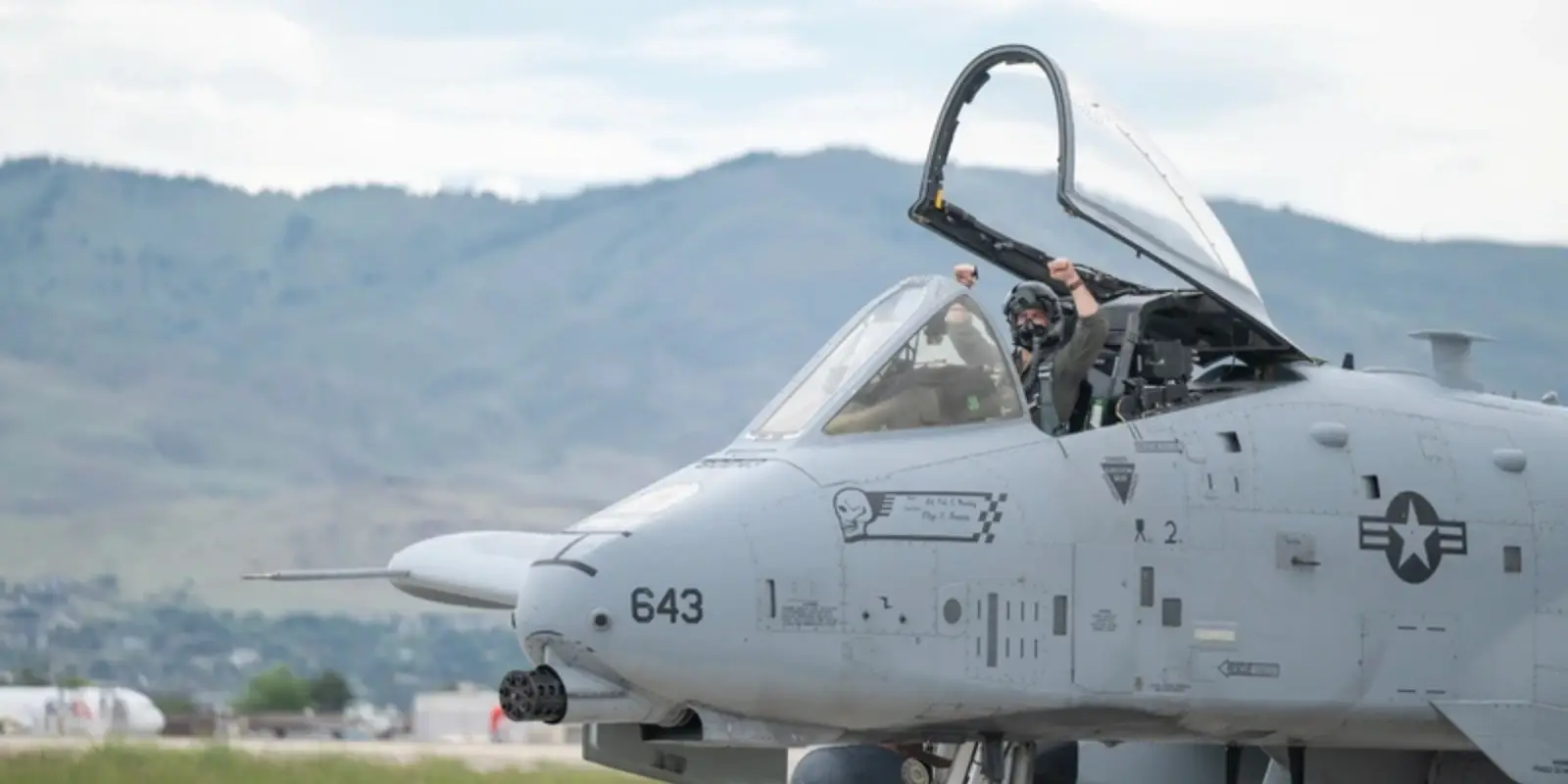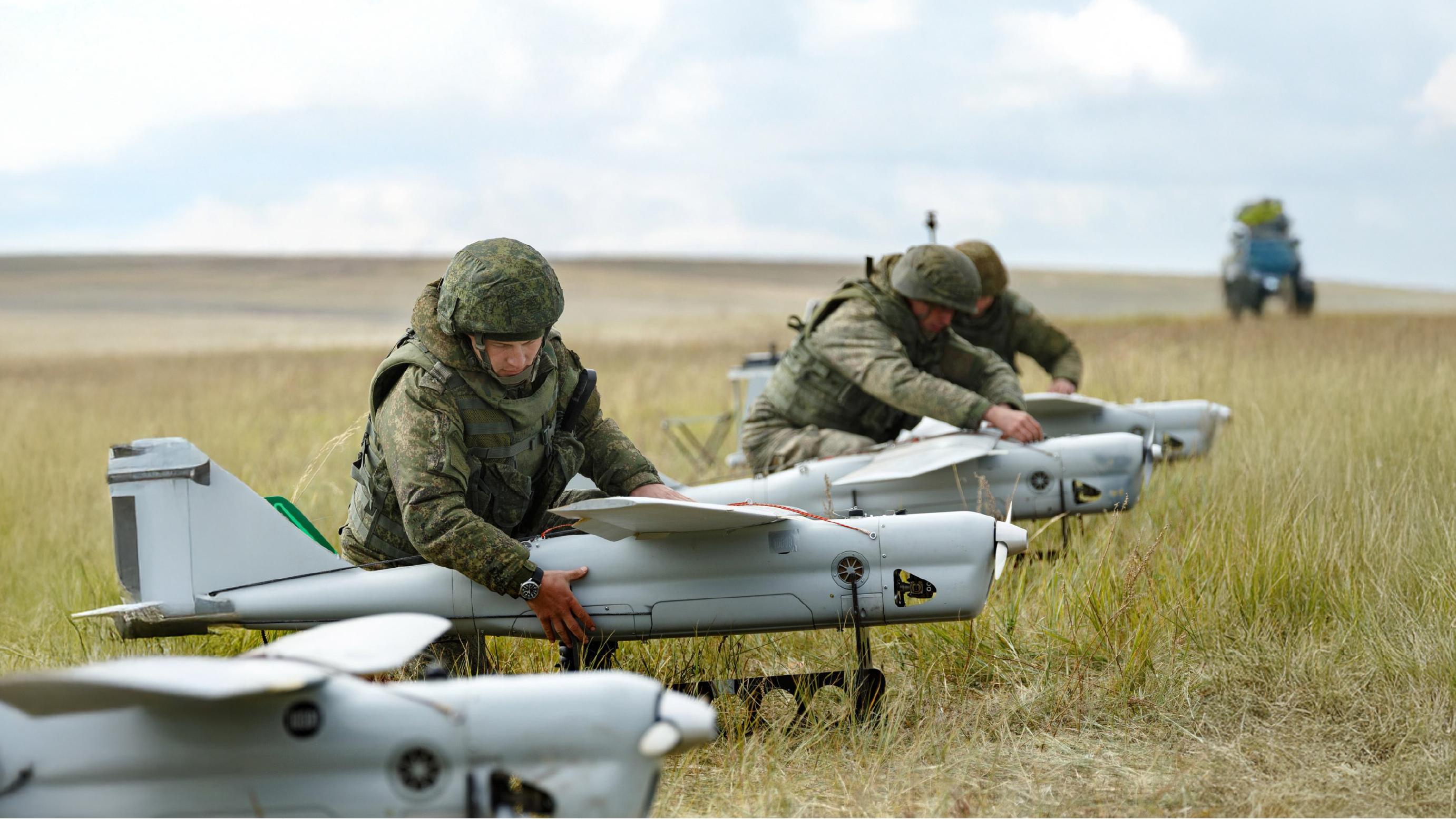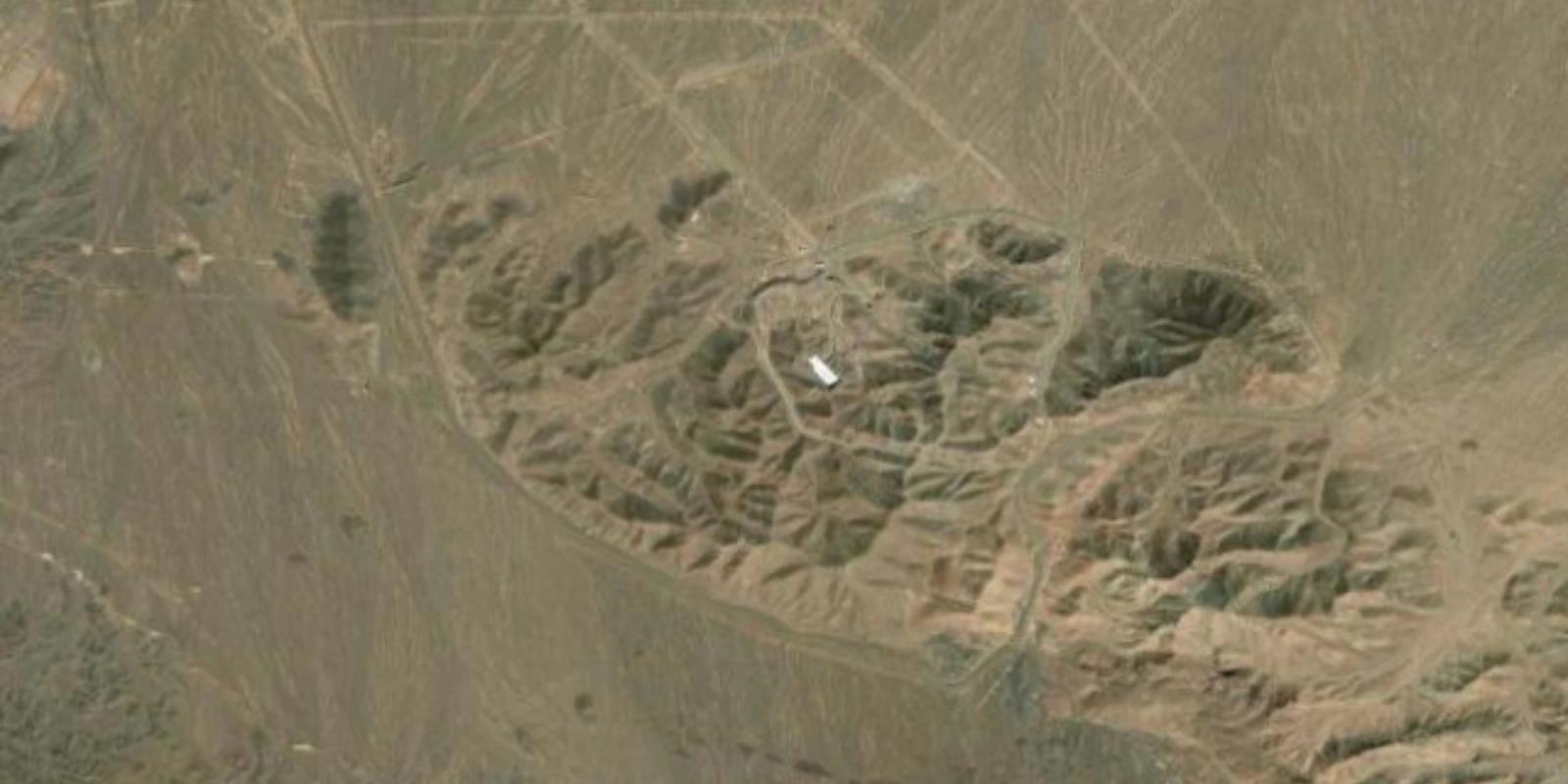AIR FORCE RELEASES FY26 BUDGET PROPOSAL … BYE, BYE WARTHOG!

In a briefing to the media on June 26, 2025, Pentagon civilian and military leaders outlined the DoD’s 1.01 trillion dollar budget plan for Fiscal Year 2026 (FY26). The proposed budget represents a more than $100 billion increase over the enacted budget for 2025.
If the budget gains approval after passing through Congressional wickets en route to Presidential signature, the combined Air Force and Space Force slice would grow to $249.5 billion in FY26.
That figure represents a 17.2% increase over enacted spending in 2025. The Air Force’s budget plan contained some surprises related to the number and type of older aircraft the service seeks to retire. Additionally, it lays out plans for reductions in the number of new fighter aircraft it plans to purchase, and the cancellation of a new program before it even gets off the ground.
Aircraft Retirements … Bye-Bye Warthog
One of the more surprising points contained in the budget plan is the call for the retirement of all 162 remaining A-10 Thunderbolt II – better known as the Warthog – aircraft in the USAF fleet.
This move would accelerate the retirement of the A-10 fleet by two years. The retirement of the A-10 has long generated bitter disagreements between the service and Capitol Hill over the future utility of the jet, and it remains far from clear whether Congress has the appetite to mothball all of the attack jets.
The A-10 first saw combat action during Operation Desert Storm, and proved its worth as the service’s first “custom made” Close Air Support (CAS) attack aircraft. During that operation, 132 A-10s deployed to the CENTCOM combat arena where they destroyed 900 Iraqi tanks, 1,200 artillery pieces and more than 2,000 other military vehicles.
The spectacular performance of the A-10, some have suggested, saved the A-10 from the Air Force’s chopping block way back then. Over the succeeding years, the Air Force regularly suggested decreasing or fully retiring the A-10 fleet and replacing them in the CAS role with faster and, presumably, more survivable F-16 fighter aircraft. The A-10 once again proved its worth during CAS-heavy operations in Operations Enduring and Iraqi Freedom and avoided the hangman’s noose.
In addition to the A-10s, the Air Force wants to retire 62 F-16Cs and Ds, 21 F-15Es, 13 F-15Cs and Ds, 14 C-130H Hercules cargo planes, and 3 EC-130H Compass Call electronic warfare planes.
The service’s retirement list also includes 14 KC-135 Stratotankers, 11 HH-60G combat rescue helicopters, 35 T-1 Texan trainers, 4 UH-1N helicopters, and a B-1 Lancer.
The F-22A Raptor Survives
In what came as a shock to some seasoned Air Force observers, the proposed retirement list does not include Block 20 F-22A Raptors, roughly 32 of which the Air Force has tried to retire in recent years over concerns that they are not combat-capable.
While considered by those who have flown it or against it to be the greatest air-to-air fighter ever built, the F-22A has been beset by significant sustainment challenges that have been challenging to overcome.
Despite the service’s recent pleas to retire 32 of its older Raptors, Congress has repeatedly blocked those efforts.
Instead, the Air Force is requesting $1.08 billion for F-22 modification procurement. This includes an infrared search and track system and stealthy, long-range fuel tanks and pylons, among other modifications.
Less New Fighters
As the Air Force retired older fighter aircraft, its plan had been to ramp up the procurement of new fighter aircraft to take their place. However, that plan will not be met in FY26.
The Air Force’s longstanding goal had been to buy 72 fighters per year. However, in FY26, the DoD will only procure 47 of the multi-service F-35 Lightning II aircraft with 24 of them earmarked for the Air Force.
Elsewhere, while the Air Force has plussed up its F-15EX Eagle II Program and plans to buy 21 of the fighters in 2026, the total fighter buy would only stand at 45 jets – far below the 72 fighter plan.
On the positive side of the fighter ledger, the Air Force plans to significantly increase its investment in the Next Generation Air Dominance (NGAD) fighter program – won by Boeing’s F-47 submission. According to one DoD official, the Air Force “is moving forward with $3.5 billion in funding following President Trump’s March 2025 decision to proceed with Boeing’s development.”
E-3 AWACS Successor Canceled
For more than 20 years, the Air Force has been keeping a close eye on its critical, but aging, Airborne Battle Management Command and Control (BMC2) fleet represented by the now-retired E-8C Joint Surveillance target Attack Radar System (JSTARS) and E-3 Sentry Airborne warning and Control System (AWACS) aircraft.
In 2003, Air Force Chief of Staff General John Jumper canceled the service’s E-10A Multi-Mission Command and Control Aircraft (MC2A) Program that would have delivered successors for both JSTARS and AWACS before 2020.
Despite support from the Air Force, funding for the service’s E-7A Wedgetail program – a Boeing 737-based Airborne BMC2 aircraft – was removed from the FY26 budget plan after Office of the Secretary of Defense (OSD) review due to cost overruns, concerns about the survivability of the manned platform in increasingly more contested airspace, and a desire to accelerate the fielding of space-based capabilities to assume the Airborne Moving Target Indicator (AMTI) surveillance mission.
“If we have systems and platforms that are not survivable in the modern battlefield, or they don’t give us an advantage in a future fight, we have to make the tough decisions right now,” Hegseth says. “The E-7 is an example of that.”
Hegseth added, “ … a great deal of the ISR in the future will be space-based.”
The Road to Budget Approval
Approximately $150 billion of the DoD’s budget plan is tied to approval of President Trump’s “Big Beautiful Bill.”
The Senate approved it with a 51-50 vote and The House also narrowly approved the bill by a 218-214 margin with only two defections from the right side of the aisle.
On Thursday evening, President Donald Trump said that getting the bill approved was “very easy” and “not hard” before taking off to Iowa this evening.
“I think when you go over the bill, it was very easy to get ‘em to a yes, you know. We went over that bill and point after point, biggest tax cut in history, great for security, great on the southern border,” Trump said. “We covered just about everything. Again, it’s the biggest bill ever signed of its kind.”
The bill will now move to Trump’s desk for final approval.
Suggested reads:
SHARE:
TAGS:
JOIN OUR NEWSLETTER
Get the latest news and military discounts



